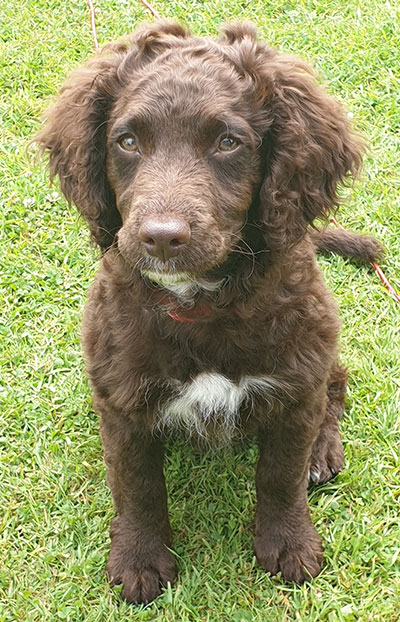 Pippa, a beautiful Cockerpoo, was diagnosed at 4 months of age with a serious congenital heart defect known as Patent Ductus Arteriosus (or PDA for short) after a heart murmur, that was picked up during her initial vaccination appointment, failed to disappear.
Pippa, a beautiful Cockerpoo, was diagnosed at 4 months of age with a serious congenital heart defect known as Patent Ductus Arteriosus (or PDA for short) after a heart murmur, that was picked up during her initial vaccination appointment, failed to disappear.
A PDA is caused by a blood vessel that connects the body’s major artery (aorta) to the main vessel that supplies the lungs (pulmonary artery) failing to close after birth as it should normally do. This can lead to poor growth, damage to the lungs, heart failure and ultimately death with 50% of cases not even seeing their 1st birthday.
Pippa’s diagnosis was made at our Conway Drive branch by vet, Giles Lambert, performing an ultrasound scan of her heart which showed the PDA and the abnormal blood flow that it was causing. The scan also revealed that her heart was already becoming enlarged because of the PDA, a worrying sign that heart failure would develop if left for too long.
Fortunately for Pippa she was able to be referred to specialists at Liverpool University’s Small Animal Teaching Hospital. A month after her diagnosis she underwent an operation to place a small device into the PDA (via a catheter in one of her back legs) to stop blood flowing through it.
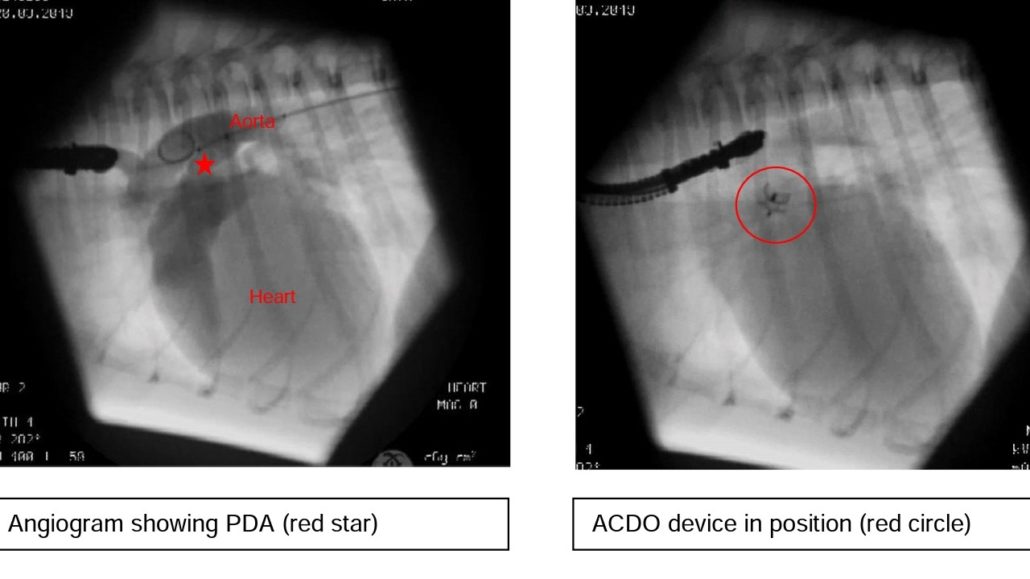
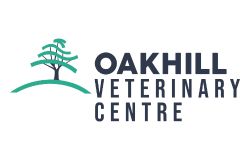
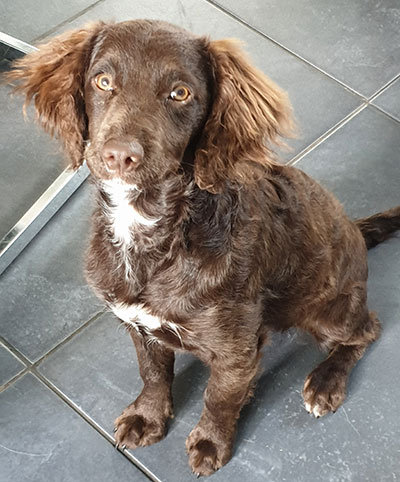 The procedure has been a complete success so far and Pippa can hopefully now look forward to a completely normal and lengthy life!
The procedure has been a complete success so far and Pippa can hopefully now look forward to a completely normal and lengthy life!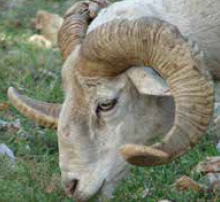 The rams will have to work hard during the tupping period and if they’re not on top form fertility is likely to suffer. A general MOT is the best place to start – are the rams healthy and can any problems be corrected? After which, we need to know if they are fertile. Checks need to be made early in the run up to tupping to allow plenty of time to correct any problems.
The rams will have to work hard during the tupping period and if they’re not on top form fertility is likely to suffer. A general MOT is the best place to start – are the rams healthy and can any problems be corrected? After which, we need to know if they are fertile. Checks need to be made early in the run up to tupping to allow plenty of time to correct any problems.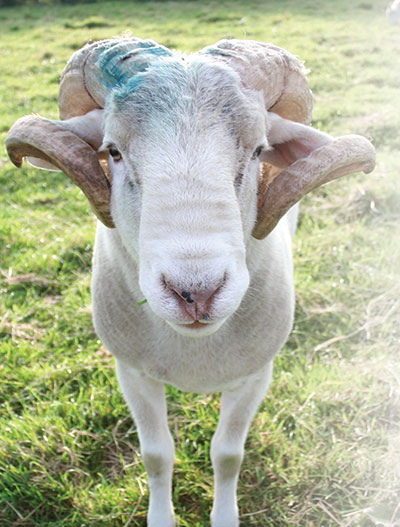 • TOES
• TOES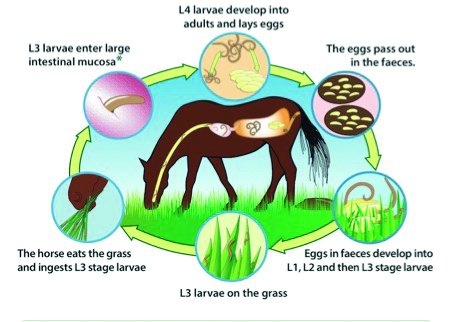

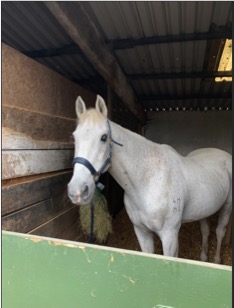
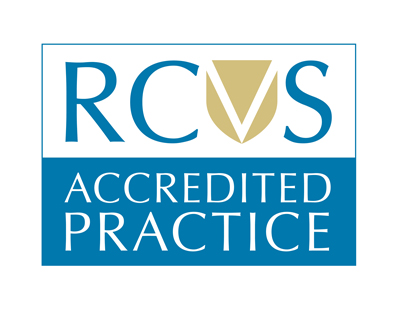 All RCVS-accredited practices have to meet Core standards, including hygiene, health and safety, clinical governance and the facilities provided. On top of this ‘Core’ accreditation, General Practices can gain species – or discipline-specific accreditations, for example, small animals, farm animals, equine patients.
All RCVS-accredited practices have to meet Core standards, including hygiene, health and safety, clinical governance and the facilities provided. On top of this ‘Core’ accreditation, General Practices can gain species – or discipline-specific accreditations, for example, small animals, farm animals, equine patients.